
Salty Sam’s Fun Blog for Children
Number 195
Famous Sea Canals
Hello Everyone

Last week, l was telling you about Francis Drake’s expedition which sailed through the Straits of Magellan in order to get from the Atlantic Ocean to the Pacific Ocean. These straits are a naturally formed waterway between islands.
lf you look at a map of the world, you can see that the distance along the land mass from the top of Canada to the bottom of South America is a long way. lt is the same from the top of Russia to the southern tip of Africa.
So of course, when people wanted to travel around the world from say Britain to lndia or Australia they had to travel a very long way – because they had to go all the way around Africa.
lf a way could be found to reduce the length of the journey, a ship would save time and money and the passengers would not need to endure such long, tiring journeys, often through stormy and dangerous seas.
ln Victorian times, when the only way to travel long distances across the world was by ship, it was decided that canals should be built which would allow these ships to travel across relatively small strips of land in order to tremendously shorten the routes .
A shipping canal is a type of water canal especially created along major seawater routes to accommodate large vessels. These ships could be carrying passengers or cargo.
Across the world today, there are many such shipping canals and they are constantly busy with traffic.
The two most famous are probably the Suez Canal and the Panama Canal. You may have heard of them.
The Suez Canal runs across Egypt connecting the Mediterranean Sea with the Red Sea. lt took ten years to build and was opened in 1869.
Since then, it has been enlarged and is now 24 metres deep and 205 metres wide. lt is nearly 200 km long; that is over 120 miles.
lt travels across quite a flat desert region and, therefore, does not have any canal locks along its length to raise or lower ships through the terrain (landscape). The water remains at sea level for the whole length.
When you stand at the side of it and some way off, it looks really quite strange to see tall ships drifting along through a desert!
Port Said is at the northern end. There are two channels running in from the sea to meet with the canal. Port Tawfiq, in the town of Suez, is at the southern end of the canal.
There is only single lane traffic along the canal. So ships may have to wait a while at the Great Bitter Lake, which is part way down the canal, if there is on-coming traffic.
Sea water runs through the canal. The current is only really tidal south of the lake where the canal connects with the Red Sea, as the Mediterranean Sea to the north has a very small tidal range.
The Panama Canal is shorter but no less important. lt cuts through from the Atlantic Ocean to the Pacific Ocean from north-west to south east across Panama because this was the easiest way to built it across the land.
lt is 77 km or 48 miles long and gives ships a saving of about 8,000 miles of travelling – this is compared to sailing around Cape Horn at the southern most tip of South America.
Once the Suez Canal had been built, the French were inspired to tackle the building of another canal across the Americas. But this was a very difficult canal to build and many lives were to be lost before its completion.
The Suez Canal was basically a channel dug across a flat, sandy desert but the people constructing the Panama Canal had many more challenges to face. They had a rocky mountain range and a fast flowing river to cross.
The rock was hard and the river had to be diverted away from the canal because the strong flow of water coming from this river would have been dangerous to ships. Also, while work took place, many landslides occurred.
An attempt to build a canal across this territory in the 1880s failed. But when it was successfully built between 1904 and 1914 by the United States, a lot of the surveying, planning and digging had already been done.
The biggest problem the engineers faced was tropical diseases; especially malaria and yellow fever.
The diseases were spread by insects that bred in stagnant water. But unfortunately, at the time, people did not know this, and so they did not know how to prevent the diseases from killing many of the workers. When the men got ill, the bed legs in the wards were stood in cans of water to prevent insects from crawling onto the beds, but this just gave the insects more water to breed in!
Between 1881 and 1889, over 22,000 men died in the failed attempt to dig the canal. The project was abandoned in 1889 when the company building it ran out of money.
Working conditions during the second attempt were much better, but still 5,609 workers died from disease and accidents.
Recent work on the canal has made it larger in order to accommodate the larger ships that could not previously fit into it; for example oil super-tankers.
lt takes about fifteen hours to travel through the canal. Much of this time is spent waiting to get into a lock. There are three locks which raise and lower ships over the mountains.
There are other shipping canals throughout the world as well; although they are probably not known to you, like the Europa Canal linking the North Sea to the Black Sea, or the Kiel Canal connecting the Baltic Sea to the North Sea, or the White Sea – Baltic Sea Canal.
There are many more inland canals too, taking large ships and smaller water transport into the centre of cities. The Manchester Ship Canal, for example, takes ships inland from Liverpool. Manchester was the world’s first industrial city.
As an ex-sailor l have travelled on many of these canals. l hope if you ever visit any of them, you find them interesting too.
Bye bye everyone – don’t forget to subscribe to my blog!
lf you like my blog, please support it by telling all your friends and followers about it.
Thank you!
And see you again next Fun Friday!
Love and kisses
Salty Sam

www.christina-sinclair.com


Bill and Bob’s Joke of the Week![]()
![]()
Bill: What can travel through water but never get wet?
Bob: l don’t know. What can travel through water but never get wet?
Bill: A beam of light!

Salty Sam © Christina Sinclair 2015
Unauthorized use and/or duplication of material from this blog without express and written permission from this blog’s author and owner is strictly prohibited.
Links may be used to www.christina-sinclair.com

Picture Gallery

An old sailing ship

The Suez Canal has the Mediterranean to the north and the Red Sea to the south
The Great Bitter Lake is in the middle

After the canals were built, the fast clipper sailing ships were replaced by steam ships

The entrance to Port Said (pronounced Porsaʿīd)
The camera is pointing south

A cargo ship sailing along the Suez Canal

The Magellan Straits running across the southern tip of Chile
is often partially blocked with ice in winter

The Panama Canal runs from north-west to south-east

The entrance to the Panama Canal from the southern side

The Panama Canal needed to be raised up over the mountain range by the use of locks
(Notice the lighthouse ![]() )
)
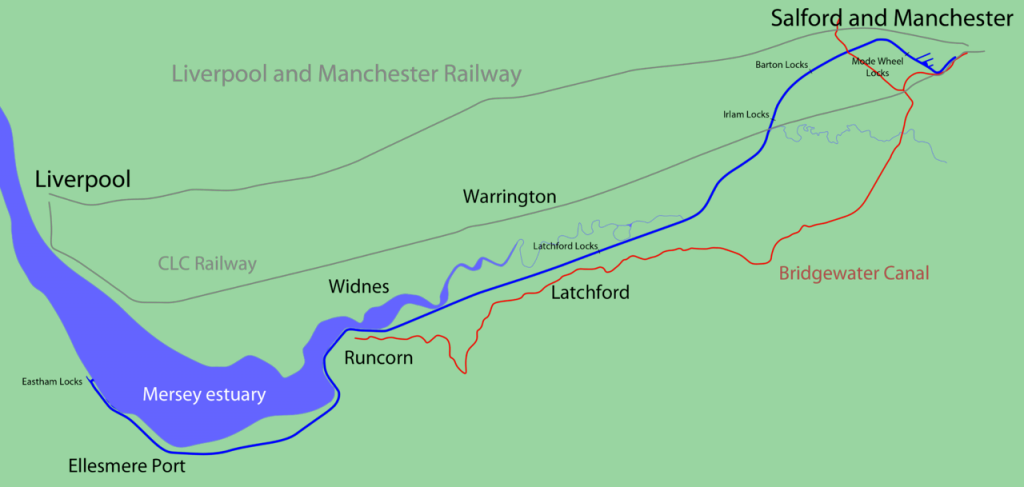
The Manchester Ship Canal links to the sea port of Liverpool and other inland waterways

A tanker in the Manchester Ship Canal

Can you find the seas mentioned in my blog post?


 THE SALTY SAM NEWS DESK
THE SALTY SAM NEWS DESK

One of the things we all love about going to Auntie Alice’s cottage is that she often makes us home-made ice cream.

In fact there is always a mad scramble to get to the tea table when there is home made ice cream!
This week Auntie Alice decided to branch out into ice lollies; healthy ice lollies.
She mixed up some ingredients and then froze them in ice lolly moulds. If you would like to have some too, they are very easy to make – and what time of the year is not right for ice cream?!
Blend together in a liquidizer:
12 strawberries
1 small strawberry yoghurt
2 teaspoons of honey
1 teaspoon of sugar


*********************
TO ADVERTISE ON THIS BLOG
PLEASE CONTACT:
christina.sinclair.ads@aol.co.uk
*********************


Quick Quiz
Can you un-jumble these cargoes?
- lio
- racs
- saabann
- tinuurref
- ragus
- thecols
- yots
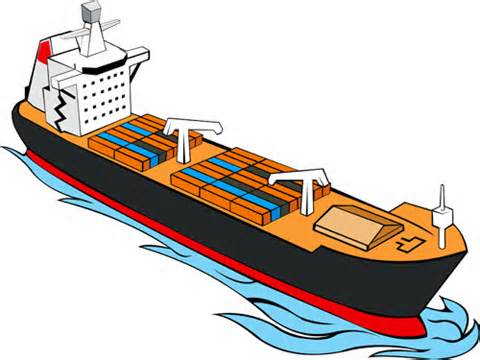

BLOW MY FOGHORN!!!

PLUS
Salty Sam fans can join in with their comments and share them with children all over the world. You will need to ask permission if you are not an adult.
Enter your e-mail address to subscribe to my blog and receive new Salty Sam Blog Posts for free by e-mail every week. Your address will be kept private and will not be shared with any third party.
Sign me up at the side bar




lt’s the Weekend!

HOW TO MAKE A KNlTTED PlXlE HOOD
This is a really easy pattern to make when you start knitting.
This hood will keep your head warm when you are out and about in the cold weather.

The bigger size is to fit a head 55cm/22 inches
The smaller size is to fit a head 50cm/20 inches
(Measure around your head across your forehead)
*This pattern is not suitable for a baby because of the ties under the chin.
Use 4mm knitting needles and dk yarn, knit in garter stitch.
You can knit the hood in one piece (or two if you think there will be too many stitches on your needle to cope with).

LARGER SIZE
Cast on 110 stitches and knit 80 rows.
OR
Cast on 58 stitches and knit 80 rows (twice) and sew the two pieces of knitting together along the side to create a seam along the top of the hood.
SMALLER SIZE
Cast on 90 stitches and knit 64 rows.
OR
Cast on 46 stitches and knit 64 rows (twice) and sew the two pieces of knitting together along the side to create a seam along the top of the hood.
TO MAKE UP
Sew a back seam by folding the knitting in two and sewing along the top edge of the knitting.
Cut a piece of braid 3 metres long.
Fold it in half and put the centre of the braid at the top of the front of the hood. Pin into place each side of the front.
Put the ends of the braid at bottom of the back seam which will be the back of the neck making sure that it is not twisted. Pin into place.
Sew the braid to the hood and then to itself to make two ties.
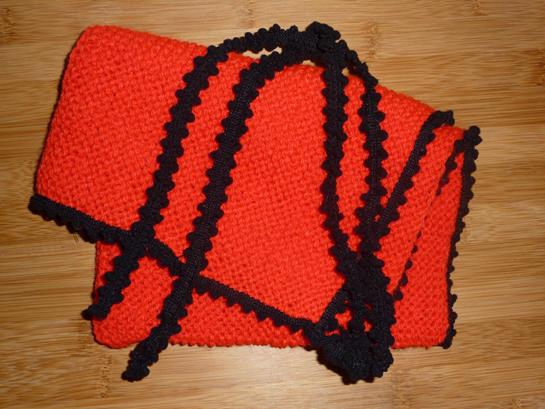
*If you don’t want to edge the hood you can just sew two ties to the bottom corners to tie under the chin.
This hood should really keep your ears warm on a winter’s day.
* Remember that everything you use on the hood should be washable.

Please note that the material on this blog is for personal use and for use in classrooms only.
It is a copyright infringement and, therefore, illegal under international law to sell items made with these patterns.
Use of the toys and projects is at your own risk.
©Christina Sinclair Designs 2015


Quick Quiz Answers
- oil
- cars
- bananas
- furniture
- sugar
- clothes
- toys
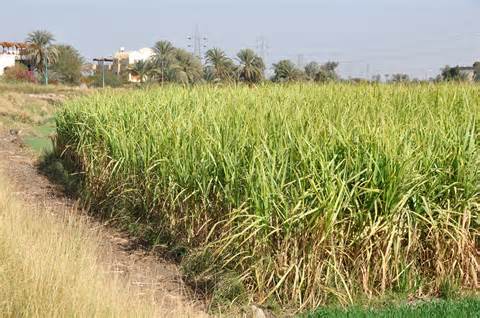
A field of sugar cane
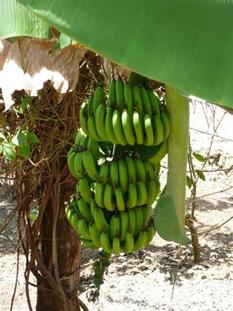
The way bananas grow on a tree



Appreciating the hard work you put into your blog and in depth information you offer. It’s good to come across a blog every once in a while that isn’t the same out of date rehashed material. Great read! I’ve saved your site and I’m including your RSS feeds to my Google account.
Thank you so much. That is very kind of you!
I simply want to tell you that I’m beginner to weblog and actually liked you’re blog site. Most likely I’m planning to bookmark your blog post . You really have superb well written articles. With thanks for sharing with us your website.
Thank you very much for your kind comment Sirena.
Hey! Do you use Twitter? I’d like to follow you if that would be ok.
I’m undoubtedly enjoying your blog and look forward to new
posts.
Actually Jackson, l am not on Twitter – sorry about that. 🙁
But all the latest news from Rocky Bay can be found very week on the Salty Sam News Desk. 🙂
And thank you for writing in!
Howdy! Someone in my Facebook group shared this site with us so I came to check it out. I’m definitely loving the information. I’m bookmarking and will be tweeting this to my followers! Exceptional blog and amazing design and style.
Thank you so much for your lovely comment Maximo!
l am always glad to welcome new readers to my blog.
Thank you for promoting me on social media too!
Hi there everyone, it’s my first pay a visit at this web site, and piece of writing is genuinely fruitful for me, keep up posting these types of posts.
Thank you for writing in Tomoko.
l am always glad to welcome yet another new reader to my blog.
l hope to see you again soon.
Wow! This could be one particular of the most useful blogs We’ve ever arrive across on this subject. Basically Excellent. I’m also an expert in this topic so I can understand your hard work.
Thank you Leonel!
Some really nice stuff on this website, I enjoy it.
l am so glad you like my website. Thank you very much for your comment. 🙂